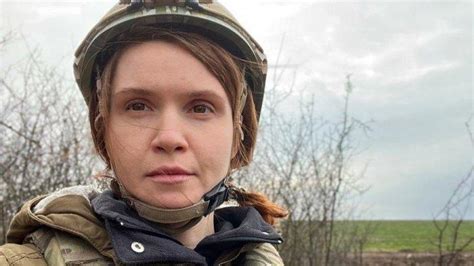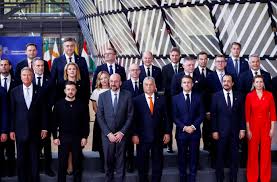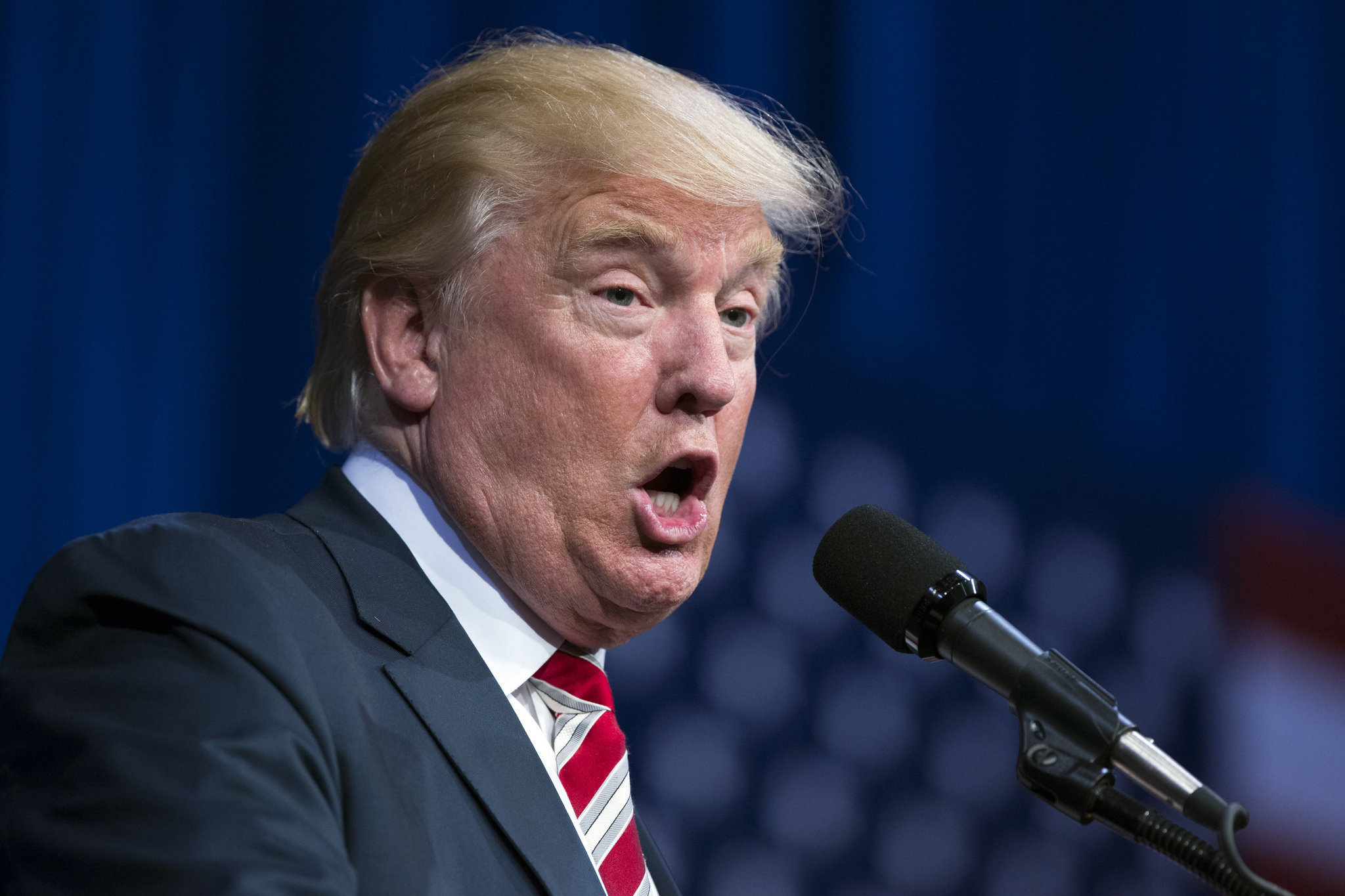Global News
Global News Report: Allegations Surface of U.S. and Russia Plotting to Replace Zelensky with a More Compliant Leader
 Kyiv, March 08, 2025 — In a provocative statement posted on her Telegram channel, Mariana Bezuglaya, a deputy of Ukraine’s Verkhovna Rada, has claimed that the United States and Russia, alongside ot
Kyiv, March 08, 2025 — In a provocative statement posted on her Telegram channel, Mariana Bezuglaya, a deputy of Ukraine’s Verkhovna Rada, has claimed that the United States and Russia, alongside ot
 Kyiv, March 08, 2025 — In a provocative statement posted on her Telegram channel, Mariana Bezuglaya, a deputy of Ukraine’s Verkhovna Rada, has claimed that the United States and Russia, alongside other unspecified actors, are laying the groundwork to oust Ukrainian President Volodymyr Zelensky. According to Bezuglaya, the goal is to install a more accommodating figure who would be willing to negotiate a surrender in the ongoing war with Russia, now in its third year.
Kyiv, March 08, 2025 — In a provocative statement posted on her Telegram channel, Mariana Bezuglaya, a deputy of Ukraine’s Verkhovna Rada, has claimed that the United States and Russia, alongside other unspecified actors, are laying the groundwork to oust Ukrainian President Volodymyr Zelensky. According to Bezuglaya, the goal is to install a more accommodating figure who would be willing to negotiate a surrender in the ongoing war with Russia, now in its third year.President Volodymyr Zelensky’s Statement on Working with Donald Trump for Peace in Ukraine
.jpeg) On Tuesday, March 4, 2025, Ukrainian President Volodymyr Zelensky made a significant statement signaling a shift in his approach toward U.S. President Donald Trump, expressing a desire to repair their
On Tuesday, March 4, 2025, Ukrainian President Volodymyr Zelensky made a significant statement signaling a shift in his approach toward U.S. President Donald Trump, expressing a desire to repair their
.jpeg) On Tuesday, March 4, 2025, Ukrainian President Volodymyr Zelensky made a significant statement signaling a shift in his approach toward U.S. President Donald Trump, expressing a desire to repair their strained relationship and collaborate under Trump’s leadership to achieve a lasting peace in Ukraine. This development follows a contentious Oval Office meeting on February 28, 2025, which had escalated tensions between the two leaders and raised questions about U.S. support for Ukraine amid its ongoing war with Russia. Below is a detailed examination of Zelensky’s statement, its context, implications, and the broader geopolitical reactions.
On Tuesday, March 4, 2025, Ukrainian President Volodymyr Zelensky made a significant statement signaling a shift in his approach toward U.S. President Donald Trump, expressing a desire to repair their strained relationship and collaborate under Trump’s leadership to achieve a lasting peace in Ukraine. This development follows a contentious Oval Office meeting on February 28, 2025, which had escalated tensions between the two leaders and raised questions about U.S. support for Ukraine amid its ongoing war with Russia. Below is a detailed examination of Zelensky’s statement, its context, implications, and the broader geopolitical reactions.
Zelensky’s Statement and Proposals
In a post on X on March 4, 2025, Zelensky acknowledged the fallout from his February 28 meeting with Trump, stating, “Our meeting in Washington, at the White House on Friday, did not go the way it was supposed to be. It is regrettable that it happened this way.” He emphasized a desire to move forward constructively, saying, “It is time to make things right. We would like future cooperation and communication to be constructive.” Most notably, Zelensky expressed readiness to work under Trump’s leadership, noting, “My team and I stand ready to work under President Trump’s strong leadership to get a peace that lasts.”
As part of this olive branch, Zelensky proposed immediate, limited steps toward de-escalation with Russia, including a “truce in the sky” and “truce in the sea,” alongside a mutual release of prisoners. He underscored Ukraine’s urgent desire for peace, stating, “Nobody wants peace more than Ukrainians,” and framed these proposals as initial moves toward a broader resolution under Trump’s guidance. This marks a departure from his earlier insistence on robust security guarantees and no compromises with Russia, reflecting a pragmatic adjustment to the shifting dynamics of U.S. policy under Trump.
Context: The Oval Office Clash
The backdrop to Zelensky’s statement is a highly publicized confrontation during his visit to the White House on February 28, 2025. The meeting, initially intended to advance a U.S.-Ukraine minerals deal and discuss peace negotiations with Russia, devolved into a heated exchange. Trump, alongside Vice President JD Vance, berated Zelensky for perceived ingratitude toward U.S. support, with Trump accusing him of “gambling with World War III” and lacking readiness for peace. Vance challenged Zelensky’s rejection of diplomacy with Russia, citing past broken agreements by Moscow, leading to Trump ordering Zelensky to leave the White House prematurely. A planned joint news conference and the minerals deal—meant to exchange Ukrainian rare earth resources for U.S. reconstruction funding—were shelved.
Post-meeting, Trump took to Truth Social, declaring Zelensky “not ready for Peace if America is involved” and accusing him of disrespecting the U.S. Zelensky, in response, thanked the U.S. for its support but maintained Ukraine’s need for a “just and lasting peace.” The clash sparked alarm among Ukraine’s European allies and highlighted Trump’s transactional approach to foreign policy, favoring rapid deal-making over sustained military backing.
Shift in U.S. Policy Under Trump
Since taking office in January 2025, Trump has prioritized ending the Russia-Ukraine war swiftly, a stance contrasting with the Biden administration’s robust support for Kyiv. His administration has expressed skepticism about ongoing U.S. aid—totaling $175 billion since 2022, per the Council on Foreign Relations—and has pushed for Ukraine to negotiate with Russia, even if it means territorial concessions. On March 3, 2025, Trump ordered a “pause” on U.S. military assistance to Ukraine, citing Zelensky’s perceived intransigence, a move that underscored his frustration after Zelensky suggested peace remained “very far away” during a European summit in London on March 2.
Trump’s approach has also included direct engagement with Russian President Vladimir Putin, notably a 90-minute call in February 2025 and U.S.-Russia talks in Saudi Arabia on February 18, from which Ukraine was excluded. These actions have fueled Kyiv’s concerns about being sidelined, prompting Zelensky’s earlier criticism of Trump for living in a “disinformation space” and aligning with Kremlin narratives—claims Trump countered by falsely labeling Zelensky a “dictator.”
Zelensky’s Strategic Pivot
Zelensky’s March 4 statement reflects a strategic recalibration. Facing a potential reduction in U.S. aid and Trump’s clear intent to broker a deal with Russia, Zelensky appears to be aligning with Trump’s framework to maintain some influence over peace negotiations. His truce proposals and willingness to operate under Trump’s “strong leadership” suggest an attempt to regain Trump’s favor while preserving Ukraine’s core interests—namely, a peace that prevents future Russian aggression. This shift follows months of advocating for security guarantees, such as NATO membership or U.S. troop presence, which Trump has resisted committing to before a deal is finalized.
The minerals deal, still under discussion, remains a potential bargaining chip. Initially rejected by Zelensky as an attempt to “sell our state,” it has evolved into a framework for a reconstruction fund, offering economic incentives to both nations. Zelensky’s softened rhetoric indicates a willingness to compromise, provided it secures U.S. backing for a sustainable peace
European Leaders Unite on Ukraine -Russian War
 The report focuses on a meeting of Europeanl eaders held in the UK on March 2, 2025, where discussions centered on the ongoing Russia-Ukraine war and strategies to secure a sustainable peace. Below is
The report focuses on a meeting of Europeanl eaders held in the UK on March 2, 2025, where discussions centered on the ongoing Russia-Ukraine war and strategies to secure a sustainable peace. Below is
 The report focuses on a meeting of Europeanl eaders held in the UK on March 2, 2025, where discussions centered on the ongoing Russia-Ukraine war and strategies to secure a sustainable peace. Below is a detailed breakdown of the main points:
The report focuses on a meeting of Europeanl eaders held in the UK on March 2, 2025, where discussions centered on the ongoing Russia-Ukraine war and strategies to secure a sustainable peace. Below is a detailed breakdown of the main points:
European Leaders Unite: On March 2, 2025, European leaders convened in the UK to address the escalating conflict between Russia and Ukraine. The discussions highlighted a collective effort to explore potential pathways toward peace, reflecting a unified stance among European nations in response to the crisis.
Concerns About US Involvement: A significant portion of the conversation revolved around uncertainties regarding the United States' role in the conflict, particularly under Donald Trump’s leadership. There is apprehension that his approach might push for a ceasefire that could disadvantage Ukraine, raising questions about the alignment of US and European objectives.
Europe Steps Up: In response to these concerns, European leaders are intensifying their efforts to bolster Ukraine’s position. This includes increasing security guarantees and ramping up military support. A notable call was made for Europe to "rearm," signaling a broader push to strengthen the continent’s defense capabilities and reduce reliance on external powers.
UK's Role: The United Kingdom emerged as a key player in supporting Ukraine during the meeting on March 2, 2025. The video highlights the UK’s substantial contributions, both financially and militarily. Specifically, Prime Minister Keir Starmer announced a new deal to supply air defense missiles, underscoring the UK’s commitment to enhancing Ukraine’s defensive capabilities against Russian aggression.
The meeting concludes with an urgent appeal for unity and sustained collaboration among European nations. It stresses that achieving a lasting peace in Ukraine requires ongoing cooperation and a proactive stance, rather than a reactive or fragmented approach, as emphasized during the March 2, 2025, meeting.
Donald Trump's Humiliation in the Oval Office
 During a notable interaction in the Oval Office, Donald Trump faced direct challenges from prominent world leaders, specifically French President Emmanuel Macron and the British Prime Minister. The
During a notable interaction in the Oval Office, Donald Trump faced direct challenges from prominent world leaders, specifically French President Emmanuel Macron and the British Prime Minister. The ...
 During a notable interaction in the Oval Office, Donald Trump faced direct challenges from prominent world leaders, specifically French President Emmanuel Macron and the British Prime Minister. The confrontation centered on Trump’s claims regarding aid to Ukraine. These leaders questioned the accuracy and validity of his statements, placing him in a diplomatically awkward position. This exchange highlighted tensions between Trump and key allies, suggesting a strain in international relations stemming from differing perspectives on critical geopolitical issues, such as support for Ukraine amidst its ongoing challenges.
During a notable interaction in the Oval Office, Donald Trump faced direct challenges from prominent world leaders, specifically French President Emmanuel Macron and the British Prime Minister. The confrontation centered on Trump’s claims regarding aid to Ukraine. These leaders questioned the accuracy and validity of his statements, placing him in a diplomatically awkward position. This exchange highlighted tensions between Trump and key allies, suggesting a strain in international relations stemming from differing perspectives on critical geopolitical issues, such as support for Ukraine amidst its ongoing challenges.
